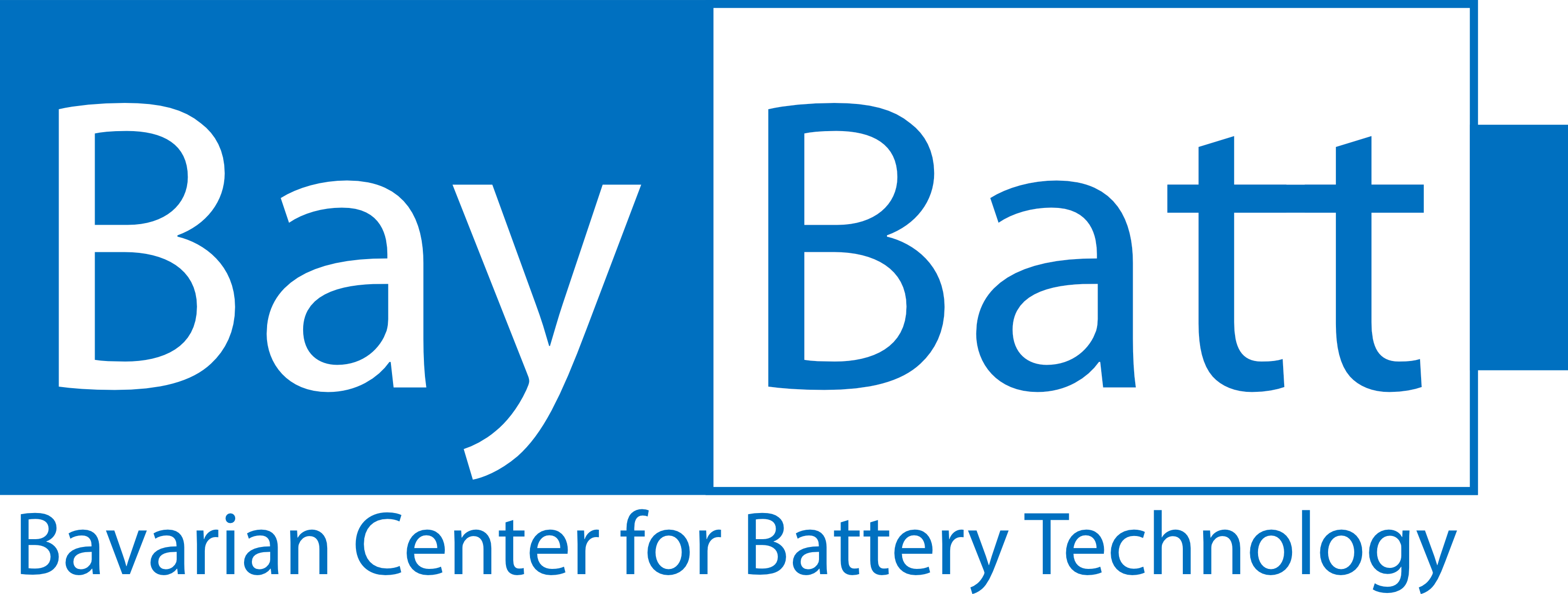News
Novel Screening Method Accelerates Design of Stable, High-performance Solid-State Batteries
29.04.2025

Artistic depiction of a solid-state lithium-battery incorporating material identified by databased high-throughput screening. - © Ciucci/ Midjourney
In a collaborative effort, researchers from the University of Bayreuth and the Hong Kong University of Science and Technology have identified a key material that significantly improves the performance and lifespan of solid-state lithium-metal batteries. This discovery was enabled by a newly developed database-supported, high-throughput screening method, representing a novel, breakthrough approach to battery design. Their findings are detailed in the prestigious journal Nature Communications.
Conventional lithium-ion batteries use liquid electrolytes, but solid-state batteries replace these with solid materials, offering significant advantages in safety and energy density. However, this solid electrolyte often reacts undesirably with the battery's lithium-metal electrode at their interface. These chemical reactions impede the flow of ions, reducing efficiency and causing the battery to degrade prematurely.
Researchers led by BayBatt member Professor Dr. Francesco Ciucci, Chair of Electrode Design for Electrochemical Energy Systems at the University of Bayreuth, in collaboration with the Hong Kong University of Science and Technology, tackled this challenge by searching for a protective 'interlayer' material to sit between the electrode and the electrolyte, preventing harmful reactions. They developed a powerful, database-driven high-throughput screening platform that rapidly evaluated thousands of potential candidates based on key criteria like thermodynamic stability, compatibility with both lithium and the electrolyte, self-limited reactivity, and high lithium-ion conductivity.
From the more than 20,000 compounds screened, lithium oxychloride emerged as the optimal interlayer for the battery chemistry investigated. Cells incorporating this layer preserved 76 % of their initial capacity after 1,000 charge–discharge cycles, whereas unmodified cells retained only 5 %. Even under stringent high‑rate cycling, the modified cells operated reliably for over 1,600 cycles.

Prof. Ciucci
“Our study presents a new approach to developing improved solid-state batteries,” says Ciucci. “Beyond the specific new use of this Li-rich antiperovskite material, the value of our work lies in the database-based high-throughput screening framework we have developed for interlayer design. It provides a versatile blueprint for future innovations and enables the rapid identification of optimal materials for a wide range of battery chemistries and designs.”
The study was funded by the Research Grants Council of Hong Kong (Project 16201820, 16201622) and the German Research Foundation (INST 91/452-1 LAGG and 533115776).
To the open-access publication "Harnessing database-supported high-throughput screening for the design of stable interlayers in halide-based all-solid-state batteries" (Nature Communications, 2025).
To the complete press release by the University of Bayreuth.

